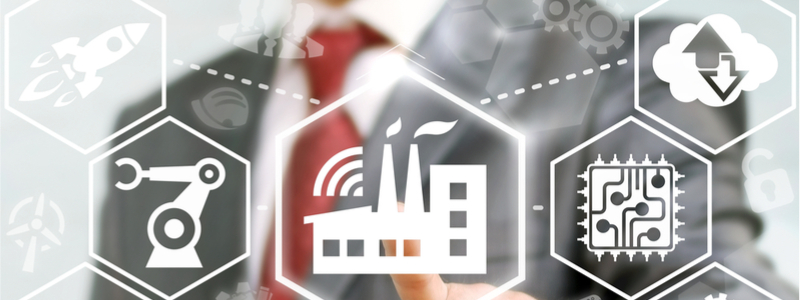What the Next Industrial Revolution Will Look Like
Hi! My name is Jay and I’m an IT professional here to tell you what the next industrial revolution will look like and it involves the Internet of Things (IoT). The Internet of Things not only connects devices sending data but helped solve the problem of data spread across countless silos that were not being collected because it was too voluminous or too expensive to analyze.
Thanks to the Internet of Things, we now have advances in cloud computing and analytics and cheaper, more stable solutions. The Internet of Things is paving the way for digital transformation with its reduction in cost and size of sensors and supplies.
The Internet of Things allows for Smart Factory systems, where all relevant data is aggregated, analyzed, and acted upon. Sensors, devices, people, and processes are part of this connected ecosystem providing:
- Reduced downtime
- Minimized surplus and defects
- Deep insights
- End-to-end real-time visibility
These Smart Factory capabilities have given decision-makers a competitive edge disruptive enough to be known as the fourth industrial revolution: Industry 4.0.
This competitive edge includes:
Predictive Analytics, allowing companies to move from a reactive approach to a proactive one, reducing planned and unplanned downtime.
Machine learning where advances have led to the increasing adoption of lean manufacturing and Six Sigma practices. Machine learning techniques not only employ an emerging class of algorithms that actually learn from the data presented to them but automatically construct the best possible model for each dataset empowering analysts to solve complex problems.
Integrated reports which describe the quality of relationships with key stakeholders by reporting how the company addresses the needs and interests of each group increasing the responsiveness of stakeholders.
Artificial Intelligence is where cyber-physical systems allow humans and smart-factory machines to connect and communicate with each other and derive insights in real-time. It also allows machines to make decisions of their own.
As the next industrial revolution continues to change our world, Smart Factory best practices like predictive maintenance, root-cause analysis, and operations monitoring will need to be implemented by every company to experience the many benefits IoT has to offer.
Now that you have a better understanding of what the fourth industrial revolution will look like, you’re ready to implement the necessary changes in your company to keep up.
If you want to learn more about What the Next Industrial Revolution Will Look Like, click the link below for more information.
